Information literacy involves "... the reflective discovery of information, the understanding of how information is produced and valued, and the use of information in creating new knowledge and participating ethically in communities of learning."
ACRL, Framework, 2016
Our students are surrounded by information: information from textbooks, television, radio, parents, friends, spouses, newspapers, monographs, novels, letters, the internet in its many guises, and more. Beyond these familar resources, a whole new world of academic information is available to them. A student able to navigate and exploit this world will write better term papers, carry out better research, and carry information skills with him/her into post-college life.
Most students appear inseparable from their favorite digital devices. But we should be careful in our assumptions that our digital-native students are using information and communication technologies fluently, navigating search engines effectively and interpreting information encountered thoughtfully. We know, anecdotally and from formal studies elsewhere, that young people are not as skilled in this area as they, or we, might like to think (e.g. Hargittai, 2010).
By the time students graduate, they should be familiar with the literature of their discipline area, and how it is produced and disseminated. They should be able to carry out a literature review, analyze the resources found and use them to draw conclusions and develop new ideas. They should be familiar with the investigative methods in their discipline – e.g. lab work, fieldwork, etc, and the unique information resources available – e.g. case studies, datasets. These are all information literacy skills (see A checklist of information competencies for college students (2010) developed by California State University and California community college librarians).